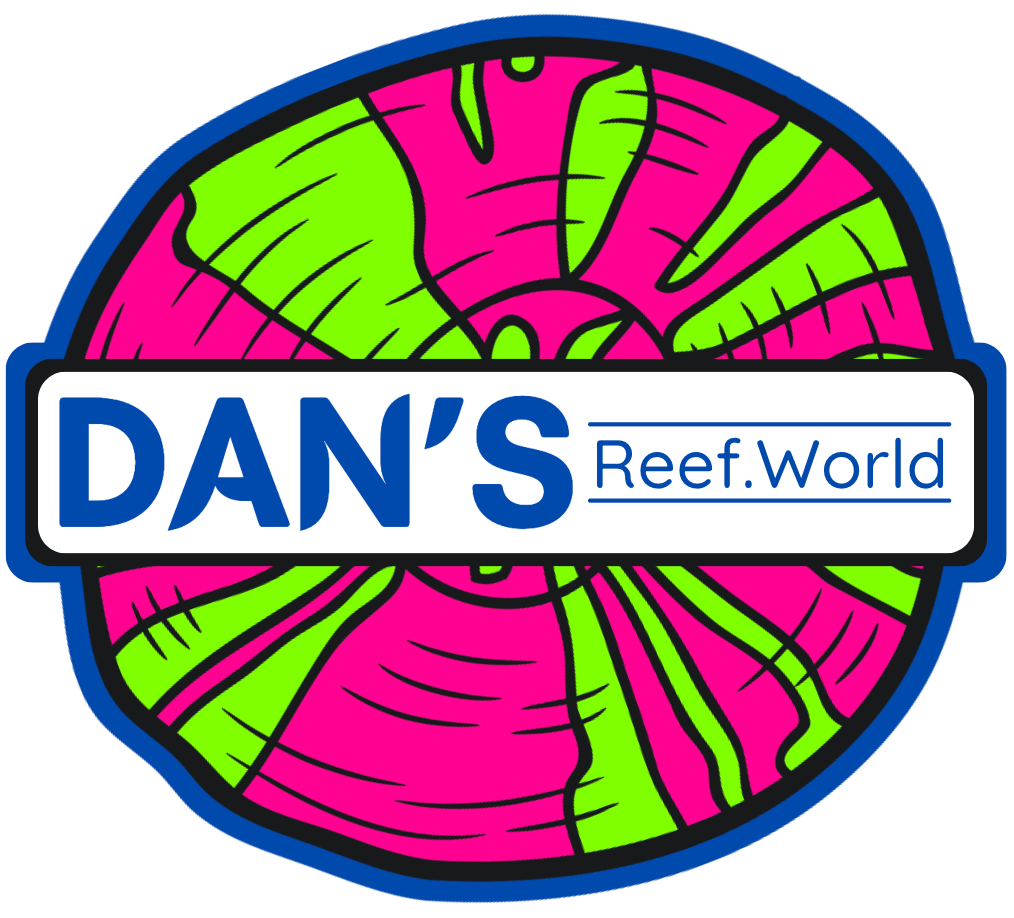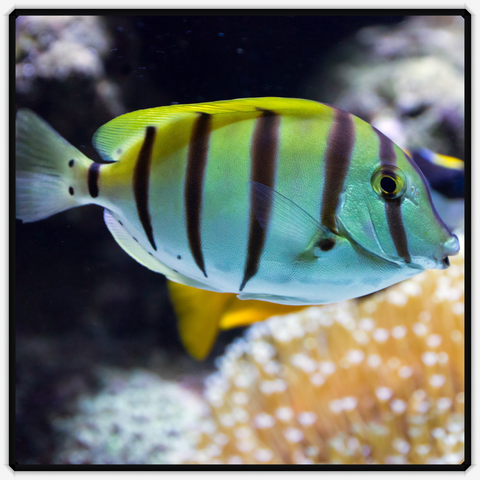In the vast and diverse world of marine life, the Convict Tang (Acanthurus triostegus) stands out as a captivating and distinctive species. With its bold stripes and engaging behavior, this fish has become a favorite among aquarium enthusiasts. In this blog post, we will explore the unique features, natural habitat, behavior, and considerations for responsible care of the Convict Tang.
The Convict Tang is easily recognizable by its striking appearance. Its body is adorned with five dark vertical stripes against a light background, resembling the iconic "convict stripes" that give this species its name. These stripes create a visually appealing contrast and contribute to the overall charm of the Convict Tang. Additionally, their elongated, oval-shaped bodies and sharp snouts add to their unique and elegant profile.
This species is widely distributed across the Indo-Pacific region, inhabiting the coral-rich waters of the Red Sea, Indian Ocean, and the western and central Pacific Ocean. Convict Tangs are commonly found in shallow lagoons and reef flats, where they feed on algae and detritus. Their natural habitat is characterized by clear waters, vibrant coral formations, and the bustling activity of various marine life.
Convict Tangs are known for their active and social behavior. In the wild, they often form loose groups and can be observed grazing on algae in search of their primary food source. When introduced into aquariums, they thrive in environments that replicate their natural habitat, with ample hiding spaces provided by live rock and other structures.
While generally peaceful, caution should be exercised when introducing Convict Tangs to a tank with other tangs or similar species. These fish can be territorial, and it's crucial to provide sufficient space to reduce the likelihood of conflicts. Careful consideration of tankmates and proper acclimatization are key factors in maintaining a harmonious aquarium community.
As herbivores, Convict Tangs have a natural affinity for algae. In captivity, a well-balanced diet that includes high-quality marine algae, along with quality pellets and occasional offerings of live or frozen foods, will contribute to their overall health and vitality.
Owning a Convict Tang comes with certain challenges, particularly related to water quality and tank size. These fish require stable water parameters, and regular monitoring and maintenance are crucial to their well-being. Additionally, providing a sufficiently large tank with appropriate hiding spots and swimming space is essential for their overall happiness.
Responsible ownership also involves sourcing Convict Tangs from reputable suppliers who adhere to ethical and sustainable collection practices. Supporting the trade of captive-bred specimens helps conserve wild populations and promotes a more sustainable aquarium hobby.
The Convict Tang, with its mesmerizing stripes and lively demeanor, is a delightful addition to marine aquariums. Understanding their natural behaviors, dietary needs, and the responsibilities associated with their care are essential for creating a thriving and sustainable aquatic environment. By embracing these principles, enthusiasts can enjoy the beauty of the Convict Tang while contributing to the conservation of marine ecosystems.




